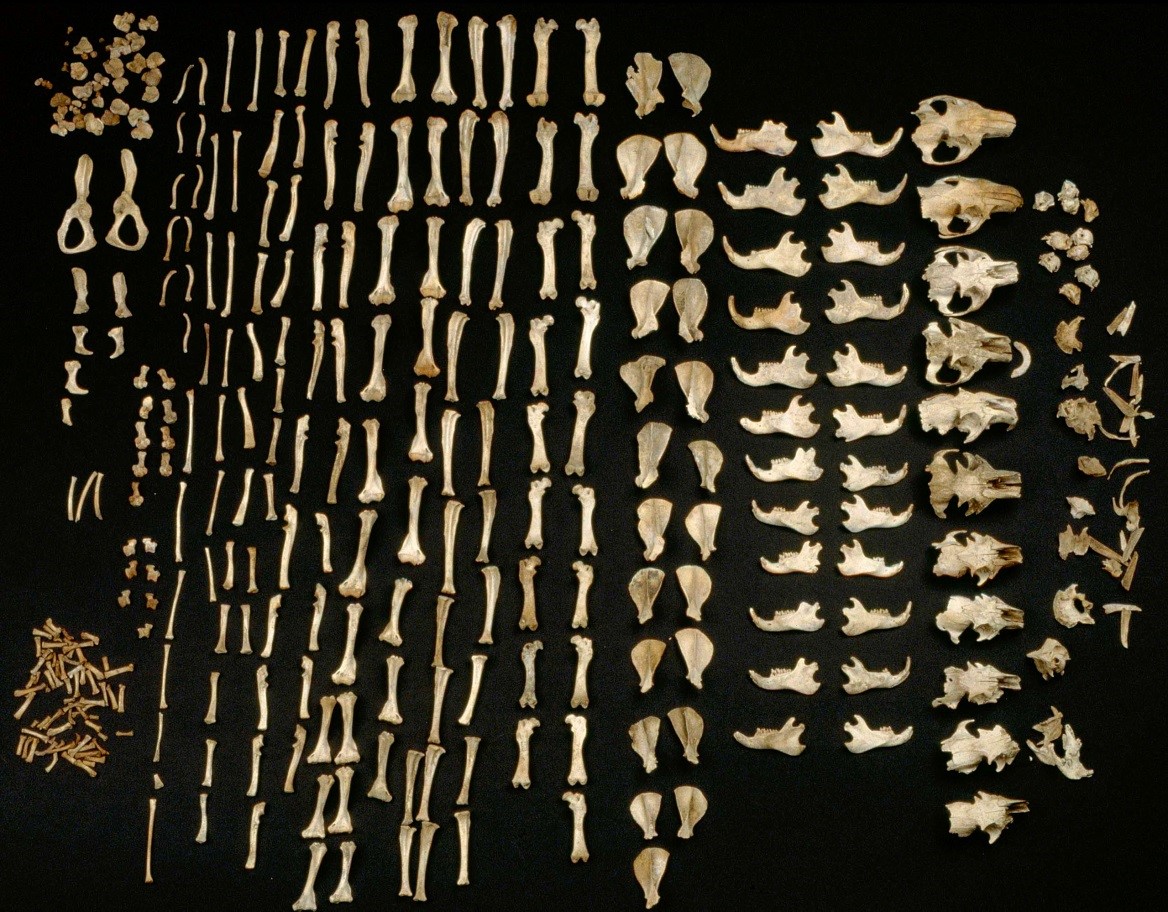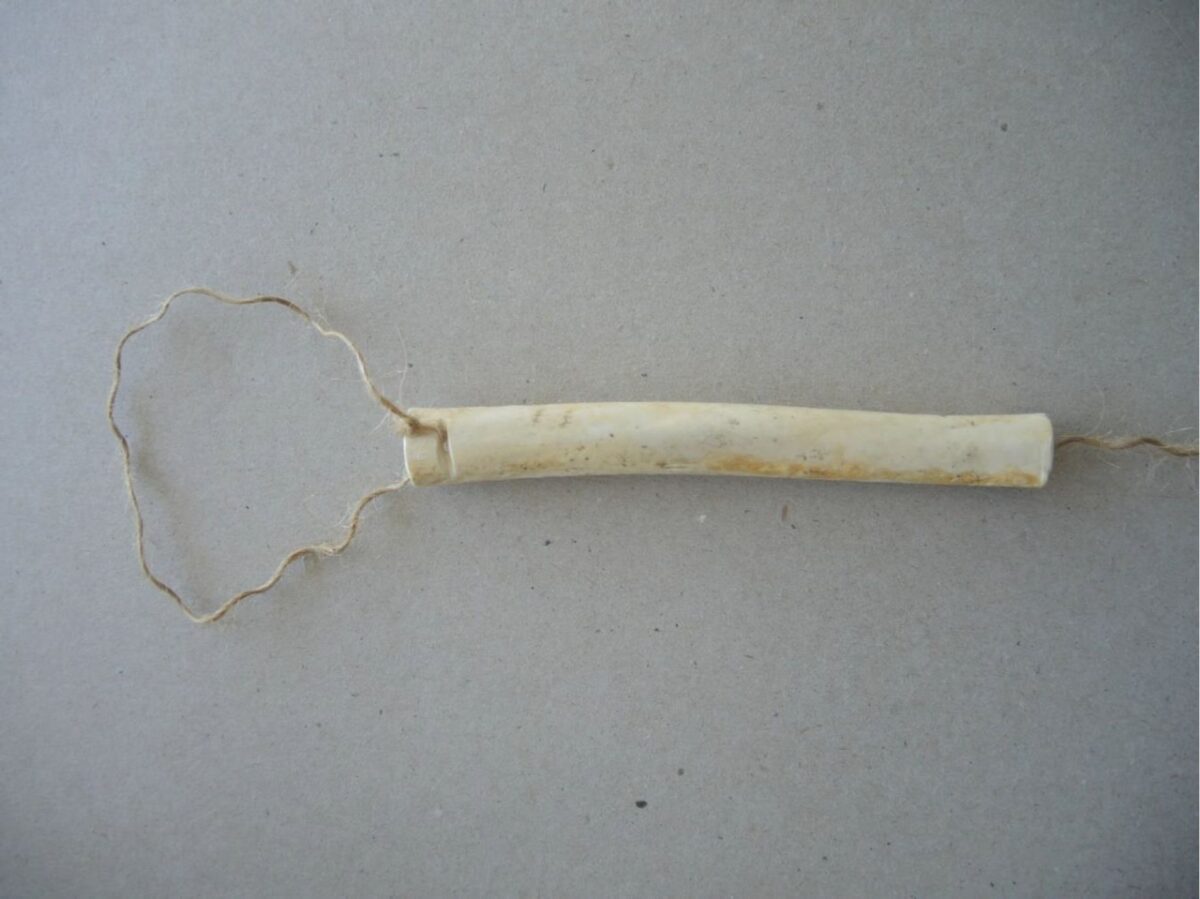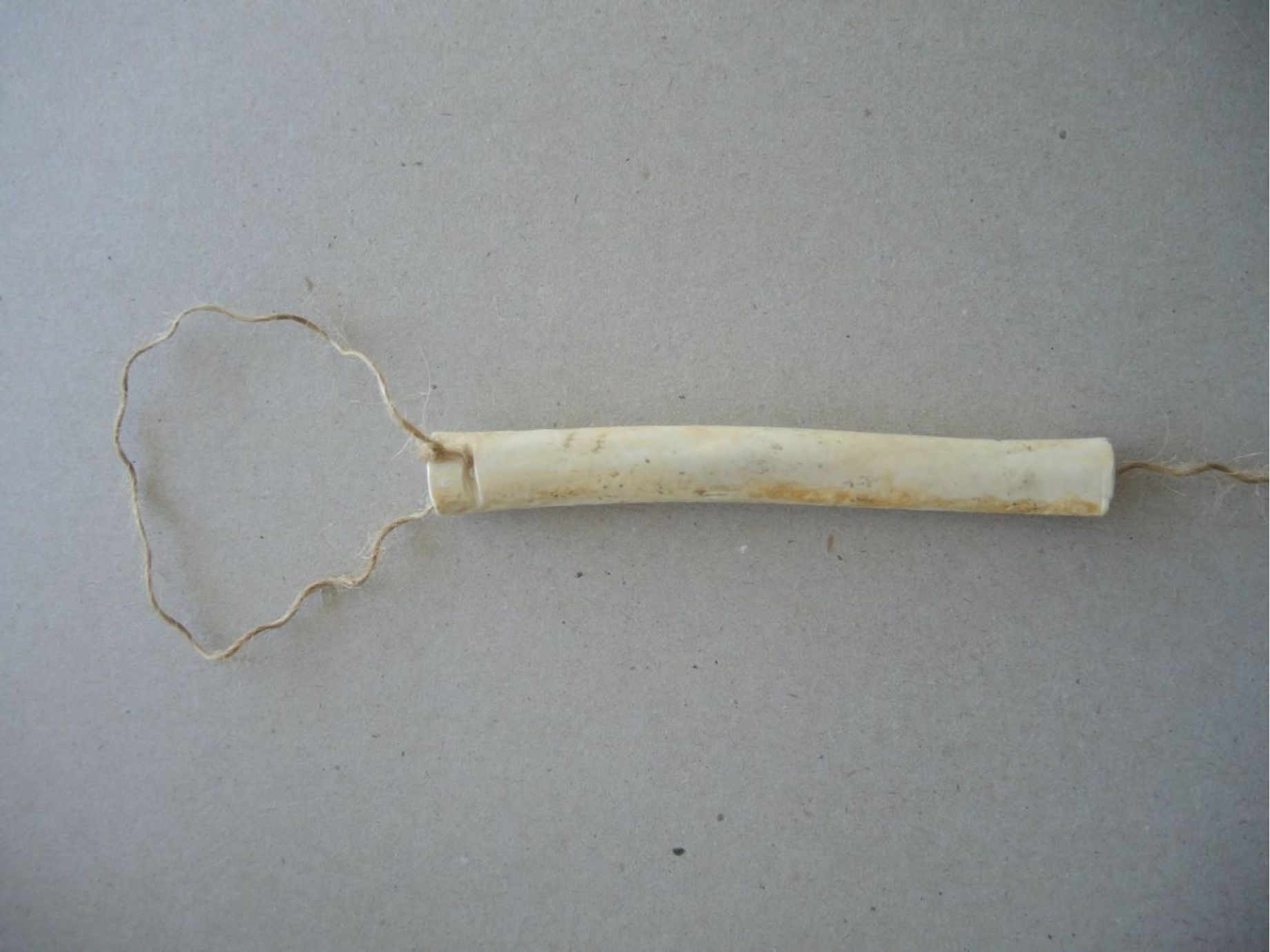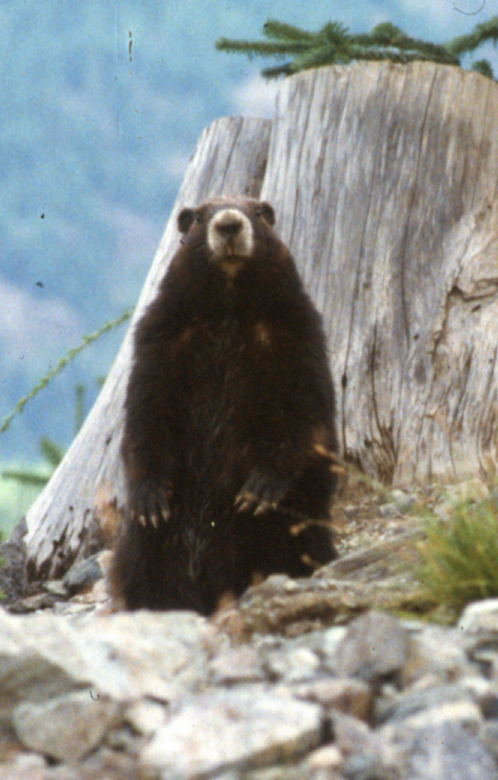
By Grant Keddie. 1995. Primarily Vancouver Island Marmot with Bear and Deer. Preface This document is intended as a working technical manuscript from which information will be extracted for other reports and publications related to the Vancouver Island Marmot Cave Project undertaken jointly by Mammologist Dave Nagorsen and myself. The bone element database, metric summaries, analysis and biogeographical data on modern marmots is not included here. Introduction This study represents the physical examination of thousands of discarded bone remains found on the surface in caves or rock shelters at four high elevation mountain hunting locations: the Mariner Cave (elevation 1220M), on Mariner Mountain and the Golden Hinde Rock Shelter (1420m) on Golden Hinde Mountain, both in Strathcona Provincial Park; Clayoquot … Continue reading “The Human And Natural Modification Of Bone Assemblages From Mountain Caves And Rock Shelters On Vancouver Island”


